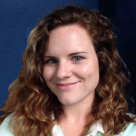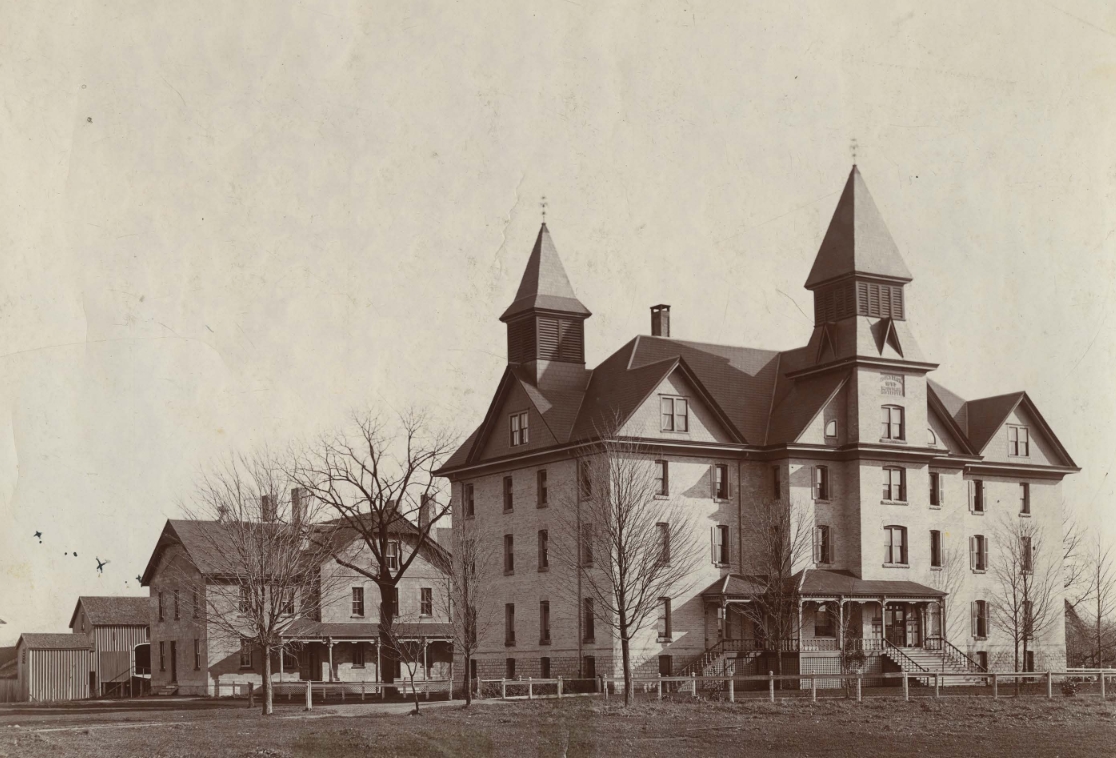Warning: Some of the details in this story may be disturbing to some readers. Discretion is advised.

The Association of Iroquois and Allied Indians (AIAI) and Six Nations of the Grand River in Ontario are adding their voices to the chorus of groups calling for the search of residential school grounds in Canada after the remains of 215 children were discovered in Kamloops, B.C.
On May 27, Tk’emlúps te Secwépemc Chief Kukpi7 Rosanne Casimir confirmed the remains were buried at unmarked burial sites at what was once the largest of Canada’s residential schools.
Casimir said the presence of the remains was “a knowing” in the Tk’emlups community, but was confirmed with the help of a ground-penetrating radar specialist.
Some experts have said the revelation could be just the “tip of the iceberg” across Canada.
In an open letter to Prime Minister Justin Trudeau, Six Nations of the Grand River says it “is the largest First Nation in Canada and we are calling on you, Prime Minister, to take action in equipping Six Nations to immediately conduct a comprehensive search for missing children on and around the grounds of the former Mohawk Institute,” a former residential school in Brantford.
Referencing the Truth and Reconciliation Commission’s Calls to Action, Chief Mark Hill says “the dead must be honoured, and the survivors must be heard.”
“In particular, ‘A national program, carried out in close consultation with the concerned Aboriginal communities, is required to complete the task of identifying the many unmarked residential school cemeteries and gravesites across Canada.'”
In a separate statement, the AIAI, which consists of seven diverse member nations, is calling for all levels of government “to support the search of grounds of the remaining 138 Indian Residential Institutions so that our children may be returned home to their families and communities.”
“Flags at half-mast and moments of silence are symbolic signs of recognition, but if there is no follow up action that achieves justice for those that have suffered, then these gestures mean very little,” says deputy grand chief Stacia Loft.
Grand Chief Joel Abram also shared his own family’s experience with residential schools, as his grandfather spent a decade at Shingwauk residential school in Sault Ste. Marie, Ont.
“My grandfather was taken away to Shingwauk residential school at the age of 4 and ran away at 14. He was lucky to get away and I shudder to think about those that weren’t as lucky as him to have escaped and it’s heartbreaking to consider what we would find at other residential school sites and the terrible secrets that could be uncovered,” he said.
“Terrible or not, they deserve to be sought out and brought to light if anything to bring peace and closure. It’s about time we stopped saying this is an example of cultural genocide and call it what it is: outright genocide.”
He told Global News that these children deserve “some semblance of justice.”
“The families that are missing these children, as much as possible, need to know where they are and, if possible, give them a proper burial instead of just dumping them outside of the residential schools.”
He also stressed that this is recent history that has impacts today.
“We think of (residential schools) as a thing of the past, but the last one only closed in 1996. So there are still people around today that remember that there were kids that went missing when they were attending,” he said.
“Kids that come back from residential school, they don’t know how to be a parent because they were never parented and they don’t know how to show love. So a lot of us have grown up with our parents unable to just say something as simple as ‘I love you.’ Obviously that’s going to have generational impacts. That’s something that we’re still healing and recovering from.”
The AIAI and Six Nations of the Grand River are among a growing list of groups and individuals requesting further investigation.
The Federation of Sovereign Indigenous Nations (FSIN) is calling on all levels of government to work with them to complete radar ground searches in Saskatchewan.
Quebec’s Indigenous Affairs Minister Ian Lafrenière said he will support requests to the federal government to bring in the radar technology everywhere, including in Quebec.
MP Sol Mamakwa, Ontario NDP Indigenous relations critic, also called for all residential school sites to be searched.
NDP Leader Jagmeet Singh said Monday that “it’s not good enough” for the federal government to “just continue with symbolic gestures.” He suggested federally-funded investigations in partnership with Indigenous communities.
Prime Minister Justin Trudeau vowed “concrete action” and said he plans to speak to his cabinet ministers about “the next and further things we need to do to support survivors and the community.”
However, as Trudeau made the comments on Monday, the government continues to fight residential school survivors in court.
In 2009, the Truth and Reconciliation Commission of Canada (TRC) asked for $1.5 million to help fund a series of projects to identify burial site locations at residential schools but the request was denied by the Stephen Harper government.

Residential schools in southern Ontario
Southern Ontario was home to two residential schools: Mohawk Institute Residential School in Brantford and Mount Elgin Indian Residential School (also known as Muncey Institute) in Muncey.
Mohawk Institute was the longest continually-operating residential school, from 1885 to 1970. It was initially operated by the Anglican church before the federal government assumed responsibility for the school in 1945, according to the National Centre for Truth and Reconciliation.
At least 48 children are known to have died while students of the school.
In its open letter, Six Nations writes that the school, “commonly known as the Mush Hole, was one of the first of the Residential Schools and had the longest-running history. This meant it was unregulated and unaccountable from the start.”
The residential school portions of the final report of the Truth and Reconciliation Commission of Canada note an infestation of cockroaches, issues with rats, inadequate quantity and quality of food, an extreme lack of fire safety measures, and other issues identified at the school through various inspections conducted in the 1940s and 50s. Still, it continued to operate until 1970.
The report says the school experienced a “rash of runaways” in early 1949, with 25 girls running away. All but two were quickly found — 10 of the girls ran away for a second time less than two weeks later.
In 1953, one student was taken to hospital after being injured while operating a manual bread cutter.
By the 1960s, most of the students came from either northern Quebec or northwestern Ontario.
“They tried to send them away as far away from home as possible to deter the notion that they could run away and just go back home,” Abram told Global News.
The Woodland Cultural Centre, which “serves to preserve and promote Indigenous history, art, language and culture,” currently operates on the site of the former school.
The Mount Elgin school ran from roughly 1850 to 1946 and was operated by the Methodist United Church. At least five of its students died during its operation.
Like the Mohawk Institute, the school was infested with cockroaches and in poor condition, being described by an Indian Affairs official in 1942 as “one of the most dilapidated structures I have ever inspected.”
The school was also home to a principal whose harshness stood out, even within the residential school system.
Oliver Strapp was at Mount Elgin from 1929-44, first as a vice principal and then as principal starting in 1934. His tenure resulted in numerous complaints, not only from families of students but from the wider public as well.
In the 1942-43 school year, the Truth and Reconciliation report found that roughly 60 students ran away from the school.
One of the students’ mother’s asked that her son be discharged once he was found, saying that “each time he has run away and when they got him back the principal of the School gives him a big beating up but he says that will not make him stay.”
In 1943, “the parents of at least three students swore statements” raising various concerns, including that the principal would raise the girls’ skirts when whipping them, that they’d be severely whipped or strapped for minor offences, and that they were told not to talk about conditions at the school when visiting home.
It was also reported that one of the teachers was fired for being too kind.
A St. Thomas man who returned a runaway boy to the school wrote a letter to Indian Affairs in 1944 calling for an investigation and claiming that if “half the boy’s story is right,” he was glad he was not Indigenous.
Instead, Strapp was transferred to a residential school in Brandon, Manitoba where the commission states “his troubles followed him.”
Anyone experiencing pain or distress as a result of their residential school experience can access this 24-hour, toll-free and confidential National Indian Residential School Crisis Line at 1-866-925-4419.
— With files from Global News’ Andrew Graham, Rebecca Lau, Raquel Fletcher, Rachel Gilmore and Katie Dangerfield.









Comments